Pause with Panda is a New Kind of Emotional Support
Pause with Panda helps children navigate big thoughts & emotions through comforting, screen-free guidance.
✅ Bite-sized, kid-friendly content
✅ Customizable to unique needs
✅ Used by parents, therapists & educators
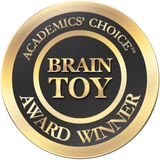
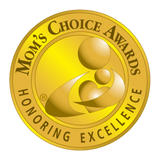
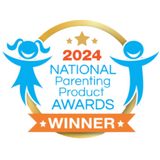
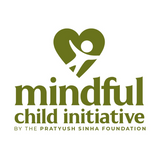
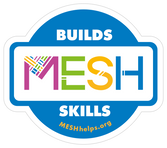
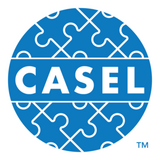
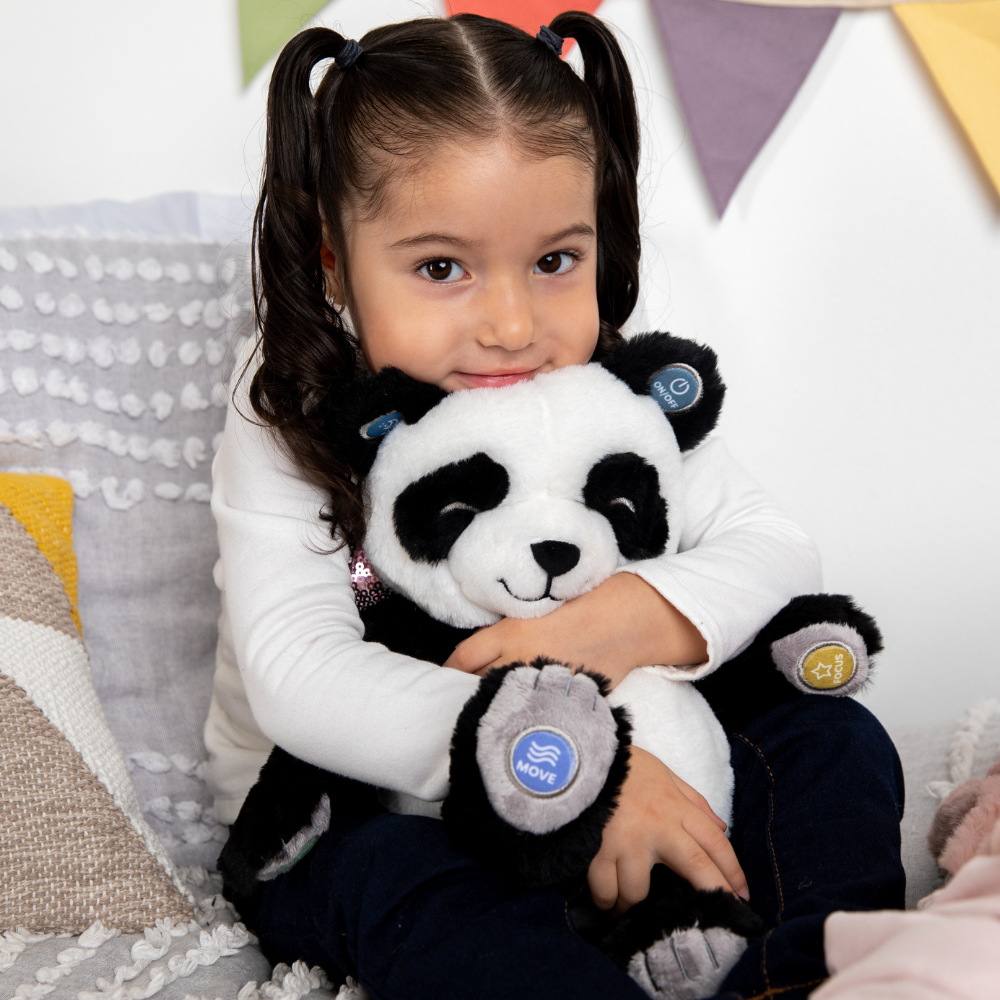
Growing Up Is Hard. Emotional Skills Make it Easier.
Pause with Panda helps children navigate big emotions through comforting, screen-free guidance. One press of a button delivers evidence-backed exercises that build emotional resilience—on their own, anytime they need it.
How Pause with Panda Works:
Pause with Panda Teaches Kids to:
-
Self-Regulate and Find Calm
-
Improve Focus and Awareness
-
Foster a Mind-Body Connection
-
Express Kindness & Compassion
A Routine for Anywhere, Anytime
1. Pause
Children can take a Pause easily without reliance on an adult or being in front of a screen. To Pause, they simply press one of Panda’s 6 buttons.
Learn More2. Listen
Panda then guides children through a short exercise based on the Pause category. All children have to do is listen to Panda to follow along.
Learn More3. Resume
Once the Pause is over, children can resume whatever they were doing before, or take another Pause.
Learn More
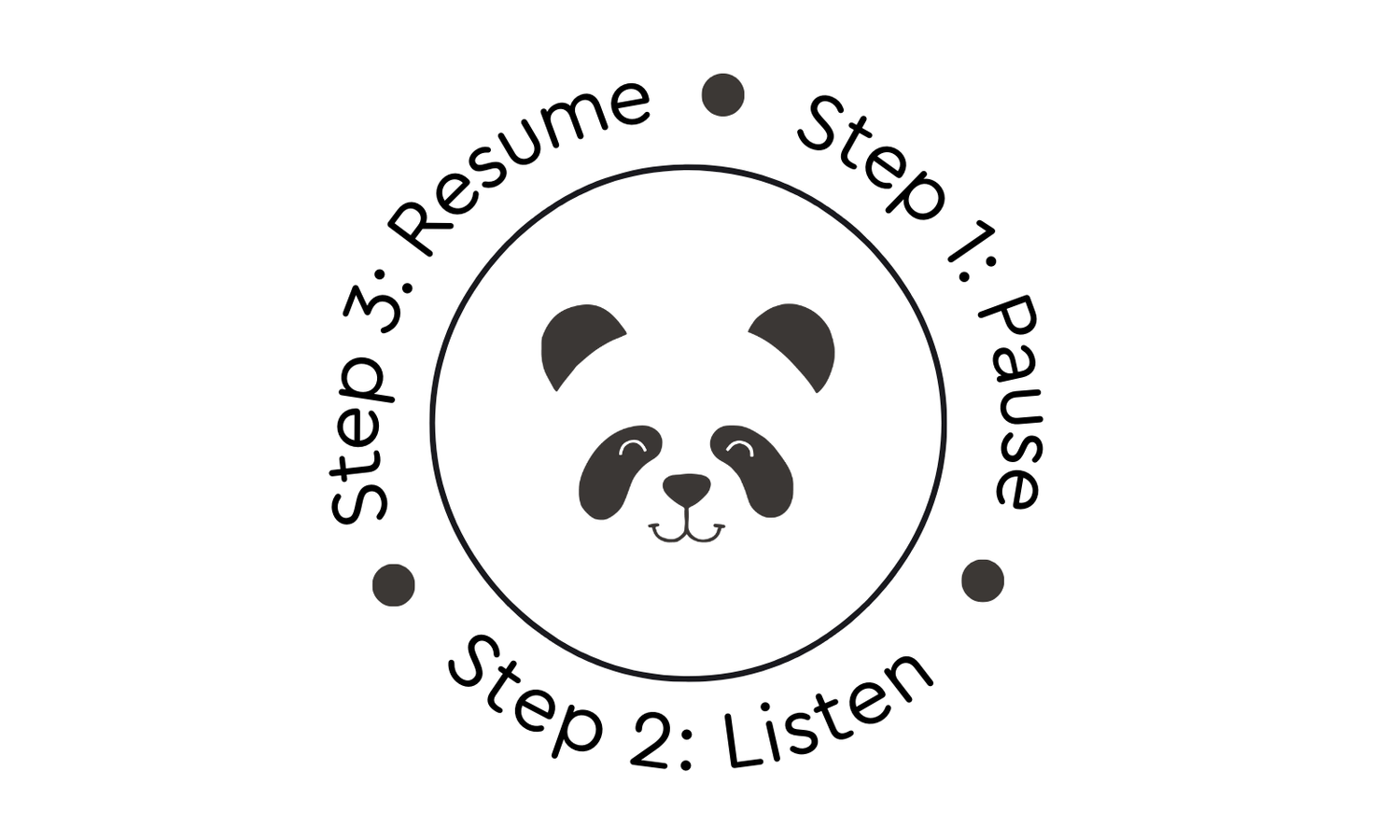


Get to Know Panda's Pauses
-

Calm Pauses help children learn to regulate or calm down their nervous system by learning anchors like belly breathing.
-

Focus Pauses hone children’s attention and focus by teaching them to pay attention to their senses, feelings and thoughts.
-

Love Pauses help children cultivate and show compassion and kindness to both themselves, but also others.
-

Move Pauses encourage mindful movement through slower poses inspired by yoga, or more fast paced like shaking the sillies out.
-

Sleep Pauses are bedtime stories or soft music that a child can listen to when snuggling up and getting ready for sleep.
-

Panda’s Smart Heart allows parents, therapists or other adults to record their own Pause for a child to hear.
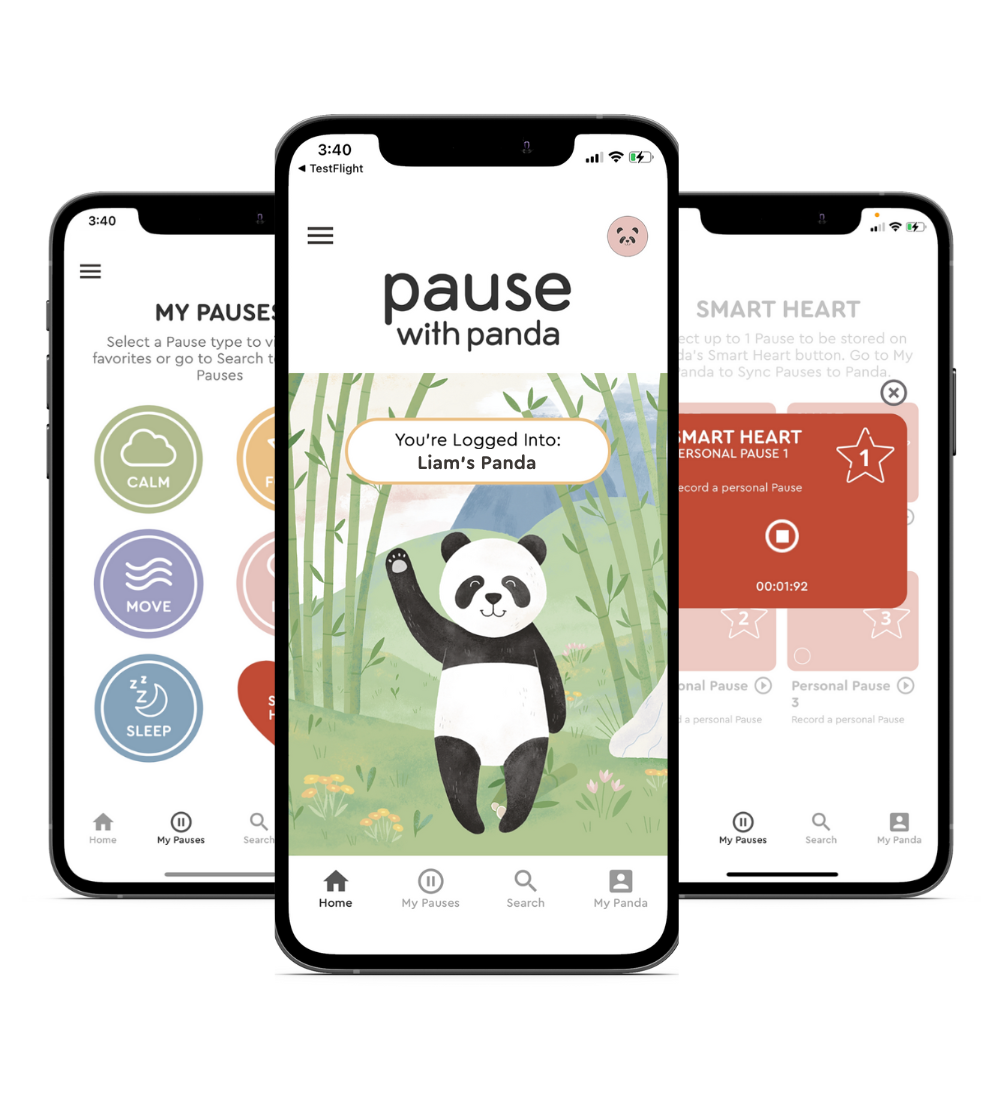
FREE ADULT COMPANION APP
Customization at Your Fingertips
Customize Panda with Pauses tailored to your child's needs—choose from topics like Anxiety, Sleep, and ADHD, or even record your own. Add new Pauses anytime and track usage with helpful stats, including favorites and battery life - all without a subscription.
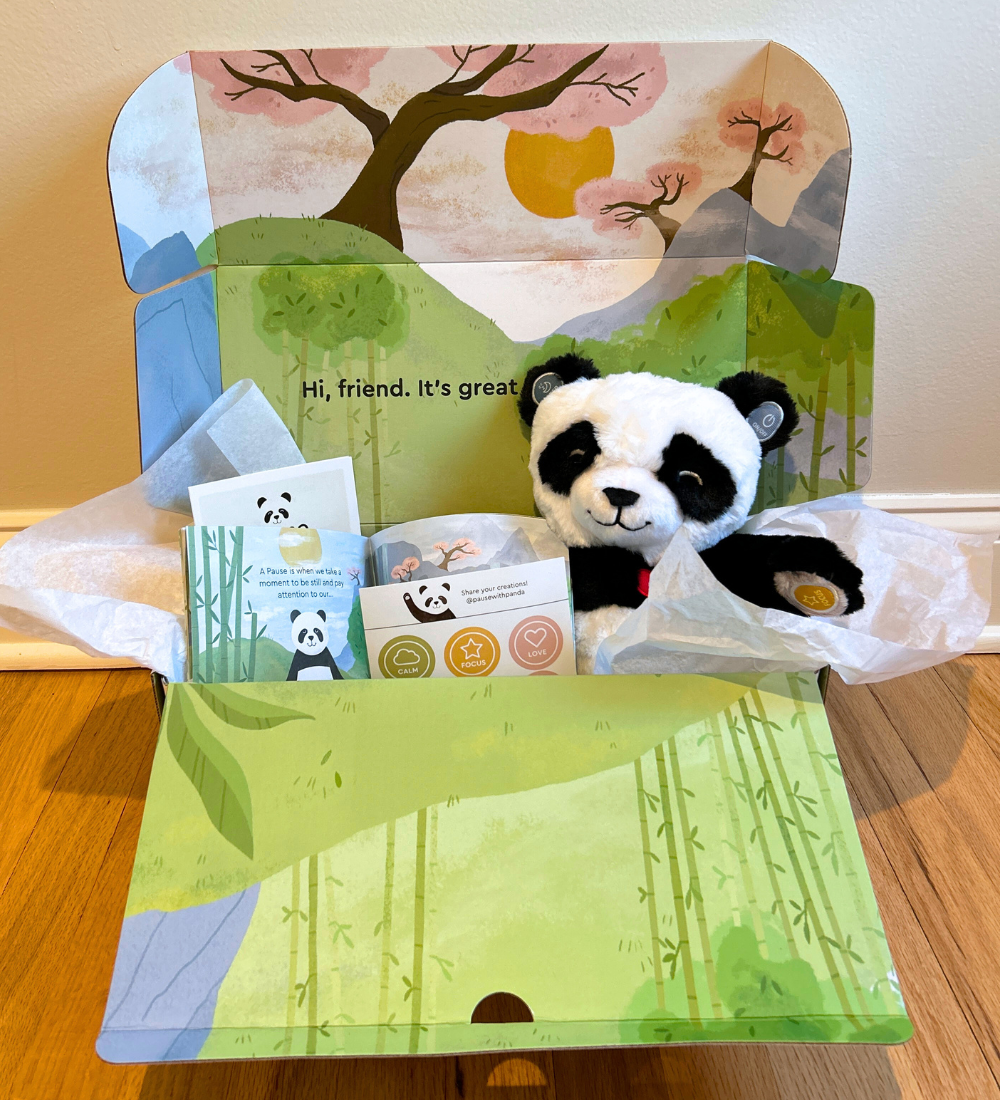
Getting Started is Easy
✨ Step 1: Get Your Panda - Order today and bring Panda home.
✨ Step 2: Pause. Listen. Resume. – Whenever big emotions arise, Panda is there to help with a press of a button.
✨ Step 3: Customize Panda – Record a personal Pause or add new exercises to support your child’s needs.
Loved by Experts & Families





Dr. Meghan Starner, MD, Child PsychiatristPause with Panda teaches children strategies that I've found to be helpful with reducing anxiety. These are skills that if learned early can help them throughout their lives.
National Parent Product AwardsThe quality of the content is great. There is over 2 hours of content and it’s a diverse set ranging from focus, movement, calm down, and more. The voice is pleasant and speaks at a nice pace. Overall, this is a nice companion to help kids take a break and regulate their emotions themselves without the use of screens.
Sara Martinez, Mindful Child Initiative Co-Executive DirectorWhat an amazing product!!! Panda uses simple, age- appropriate language to prompt and teach children important mindfulness skills! It’s a wonderful resource for an individual child and can also definitely be used in a group setting such as a classroom. I’m so glad that I was introduced to Pause with Panda! 💚
Nadine, Mom of threeI've tried many things to help ease my son's anxiety at bedtime and Panda is the first thing that has actually helped.
Riley, A Fantastic KidFor me, as a kid, Panda helps me when I need to calm down.
Based on Proven Concepts of Mindfulness
Research finds that youth who practice mindfulness can develop:

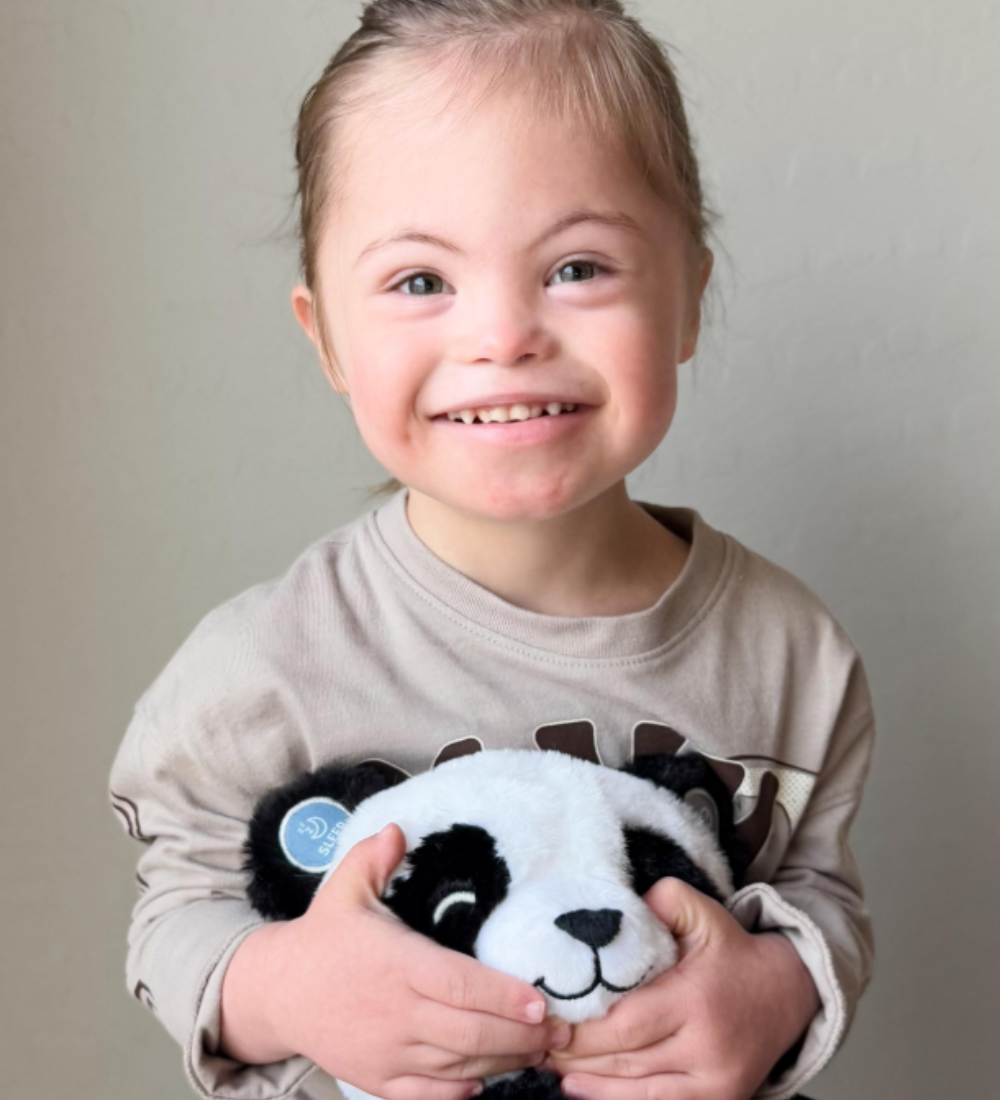
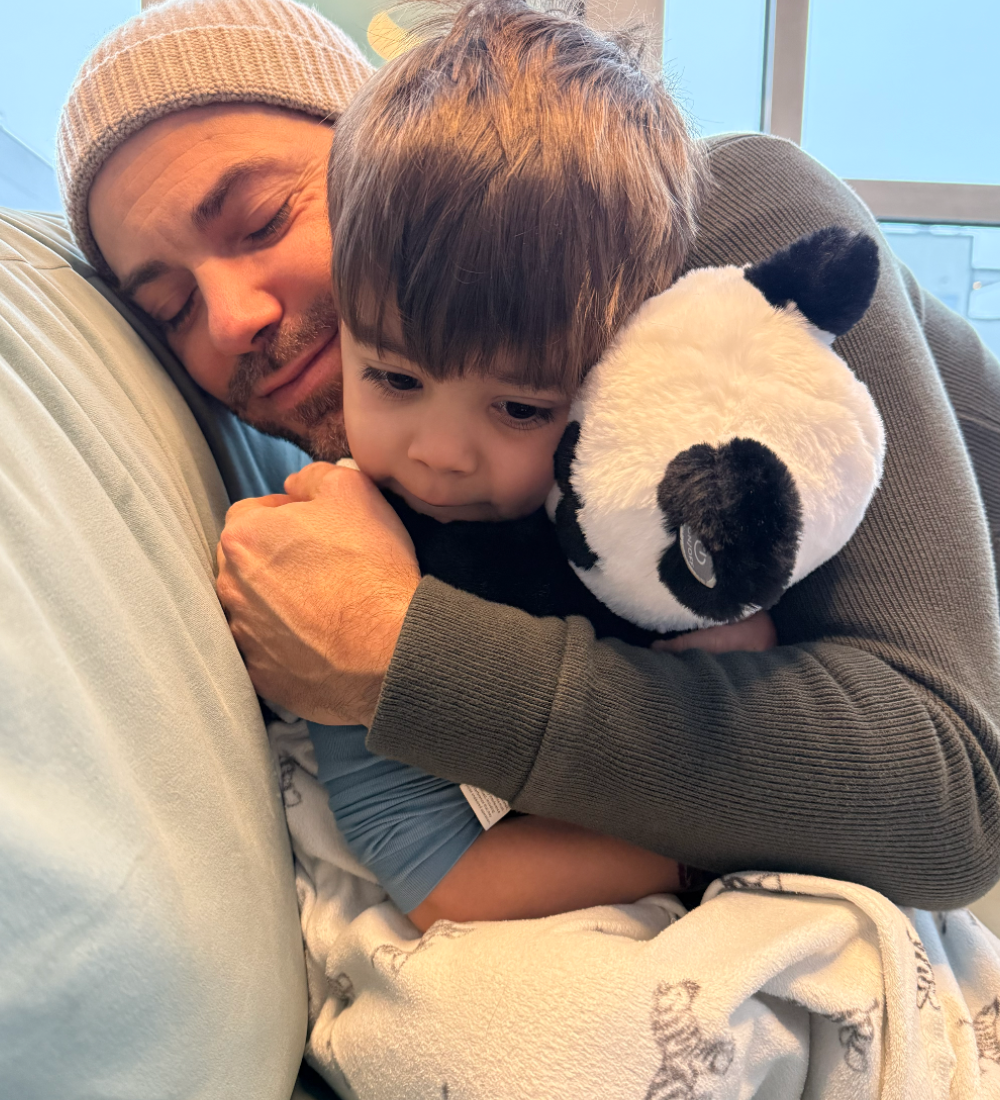
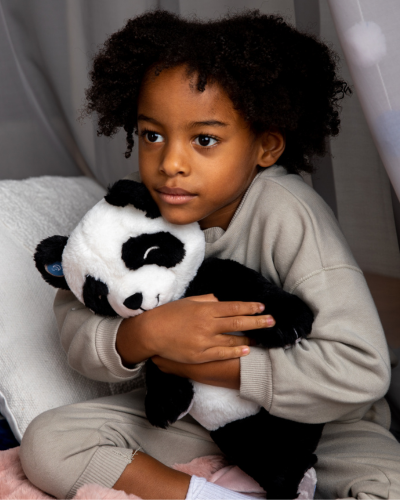
Made for All
Pause with Panda provides accessible emotional support for all children through simple, engaging interactions. Whether at home, school, or therapy, Panda helps with big emotions, focus, and winding down—right when they need it.












